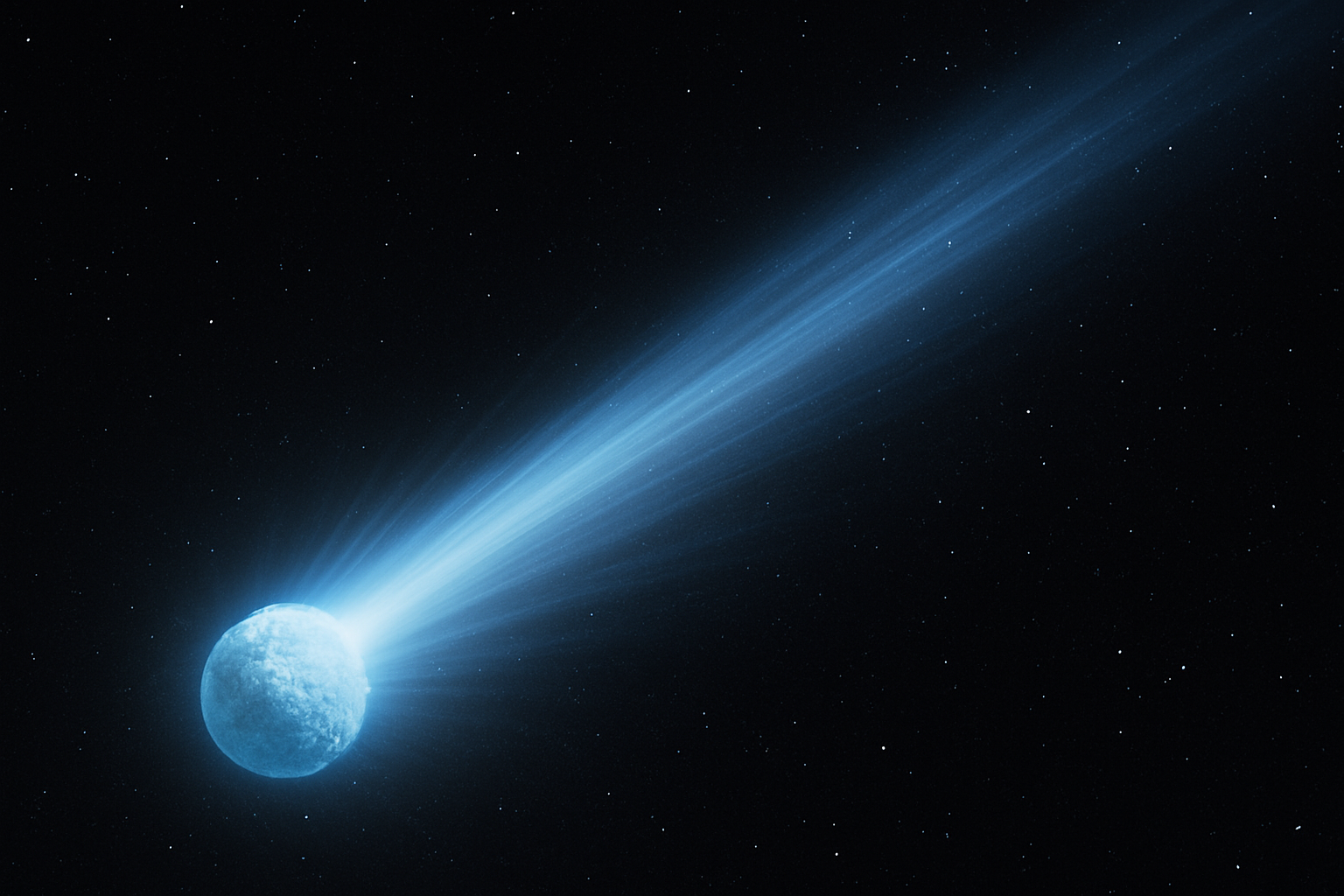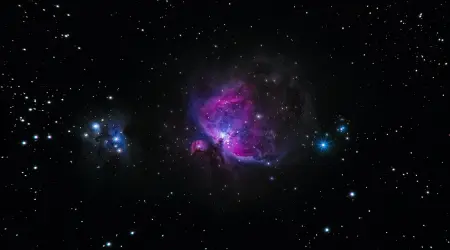

NASA Discovers Third Interstellar Icy Comet Passing Through Our Solar System
In a fascinating astronomical breakthrough, NASA has confirmed the discovery of a third interstellar icy comet passing through our solar system. The object, made primarily of ice and gas, was detected using a powerful telescope located in Chile.
A Rare Visitor from Deep Space
According to NASA, this newly identified icy body originated from beyond our solar system, marking only the third confirmed instance of an interstellar comet entering our cosmic neighborhood. The discovery was made on July 1, 2025, by the ATLAS Survey Telescope situated in Río Hurtado, Chile.
The comet has been described as an "icy snowball" — a celestial object composed mainly of frozen materials and gases, typical of comets traveling through space. Thankfully, astronomers have assured that its trajectory poses no threat to Earth, maintaining a safe distance as it journeys through the solar system.
ATLAS: The Watchful Eye
The ATLAS (Asteroid Terrestrial-impact Last Alert System) project was designed to monitor space for potential collision risks. Its advanced telescopes continuously scan the skies to detect objects like asteroids and comets that may cross paths with Earth.
This latest comet detection highlights ATLAS’s capability to identify objects not only from within our solar system but also those arriving from distant star systems, carrying with them clues about the farthest reaches of the universe.
The Third of Its Kind
Before this event, only two interstellar icy comets had been confirmed:
The first, ʻOumuamua, discovered in 2017
The second, Borisov, detected in 2019
Both sparked global interest due to their origins outside our solar system, and now this third visitor adds to the growing list of interstellar travelers making their way near our planet.
Why It Matters
Scientists believe such interstellar objects carry valuable information about the formation of other star systems and the ingredients present in distant parts of the galaxy. Studying these comets helps researchers understand the building blocks of planets and the evolution of our own solar system.
The arrival of this third icy comet opens up new opportunities for astronomers to observe and analyze material from beyond, contributing to humanity’s quest to unlock the secrets of space.
Stay connected for more space updates and scientific discoveries only on our platform.




